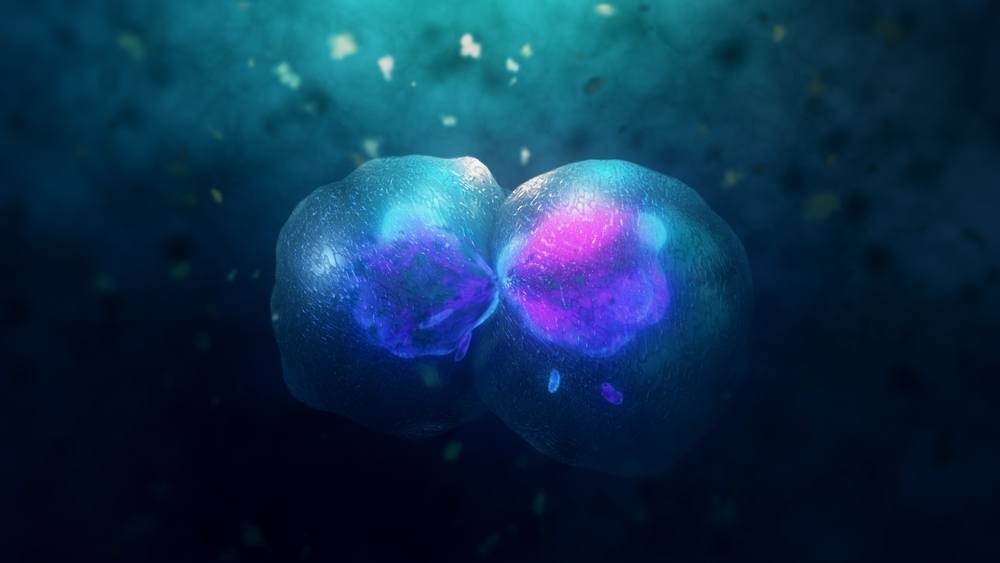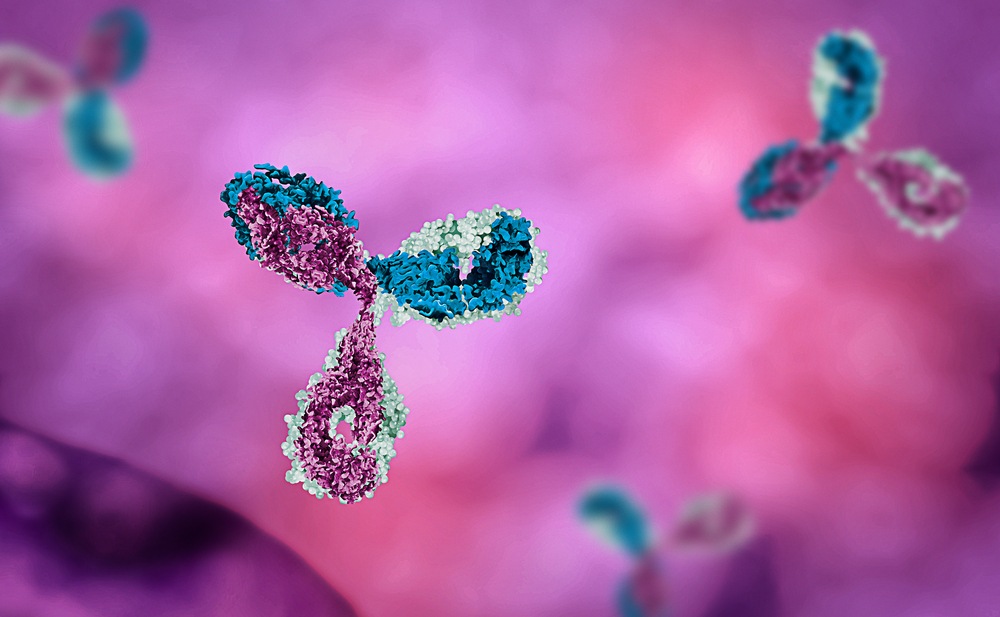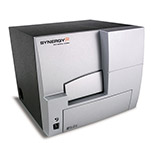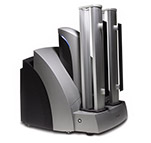Reagent Lifecycle Management for Robust, Reproducible Assay Performance
BioAgilytix has comprehensive knowledge around critical reagent management processes to support your assay needs throughout the lifecycle of drug development – from discovery and development to post-marketing surveillance. Our approach minimizes assay performance problems caused by declining reagent activity, and can mitigate the risk of delays during preclinical and clinical studies.
Find Answers To Your Questions On Critical Reagents:

Critical Reagents:
Essential Assay Components
Critical reagents are those essential components of an assay whose unique characteristics are crucial to assay performance and therefore require thorough characterization and documentation. Unlike other analytical technologies, these assays require specific biomolecular interactions between the critical reagents and the analyte.
Critical reagents can include binding reagents such as binding proteins, antibodies and conjugated antibodies, as well as positive and negative controls. Because they are typically produced via biological processes, they are inherently prone to variability from lot to lot. Even slight production changes could significantly impact assay performance, so a well-defined critical reagent management strategy is needed to ensure reagents are characterized, and that their structural integrity and stability are appropriately upheld through the stages of development.

BioAgilytix Critical Reagent Services:
A Lifecycle Approach
BioAgilytix seamlessly translates specialized therapeutic expertise into a proven strategy for generating and maintaining high-quality critical reagents. Our expertise includes reagent qualification, commercial kit bridging, initial reagent generation, and resupply cycles. We also perform reagent generation and labeling for protein and antibodies, biotin, ruthenium, lanthanides, and fluorescein.We offer critical reagent lifecycle management services in support of both non-regulated and regulated studies, and depending on your project or your need, we can provide either a Record of Analysis (RoA) or Certificate of Analysis (CoA). Through proactive reagent management, we ensure the quality of critical reagents is appropriate and consistent for their intended use throughout all stages of the drug development process.
BioAgilytix understands and performs key risk management activities for each stage of the critical reagent lifecycle.
Sufficient lead time should be allowed to generate quality reagents, relative to the complexity and stage of the ligand binding assay. The generation of such reagents should then be properly documented for ongoing standardization.
A set of requisite physico-chemical attributes should be assigned to each particular critical reagent. These attributes will guide the generation and screening of different lots that may be qualified for use in an assay, help identify root causes of assay performance problems, and help to determine when a deteriorating reagent should be replaced.
During the span of a study, the assay may change hands and laboratories. Therefore, planning for the sufficient supply of critical reagents is needed. But inventory management also involves tracking assay performance trends and shifts to monitor critical reagent quality and identify maintenance needs over time.
It is very important to centrally consolidate scientific information on a single lot or multiple lots of critical reagents, including characterizations, source lots, qualification data, historical performance information, and more.
Optimal Platforms for Critical Reagent Lifecycle Management
The parameters established around the characterization, maintenance, long-term storage, and inventorying of critical reagents will help to successfully support bioanalytical methods. BioAgilytix will assess these parameters for your project, and select the optimal platform to support your needs. The platforms we typically use for critical reagent work are listed below.


Our Critical Reagent Management Services Include:
- Reagent Qualification
- Commercial Kit Bridging
- Initial Reagent Generation
- Resupply Cycles
Expert Support for Your Reagent Lifecycle Management Demands
The inherent variability in critical reagents makes a clearly defined management system crucial – whether they are prepared in-house, outsourced, utilized individually, or as part of a commercial kit. Trust the experts in large molecule bioanalysis to accurately generate, qualify, characterize, and manage the critical reagents you need to ensure consistent, robust assay performance.
The parameters we establish around the characterization, maintenance, long-term storage, and inventorying of your critical reagents will help us successfully support the bioanalytical demands of your drug development project, from assay development and validation to timely sample analysis and data collection – as well as seamless transition of assays between laboratories as needed. Innovate faster and more effectively with BioAgilytix as your trusted bioanalytical lab partner.